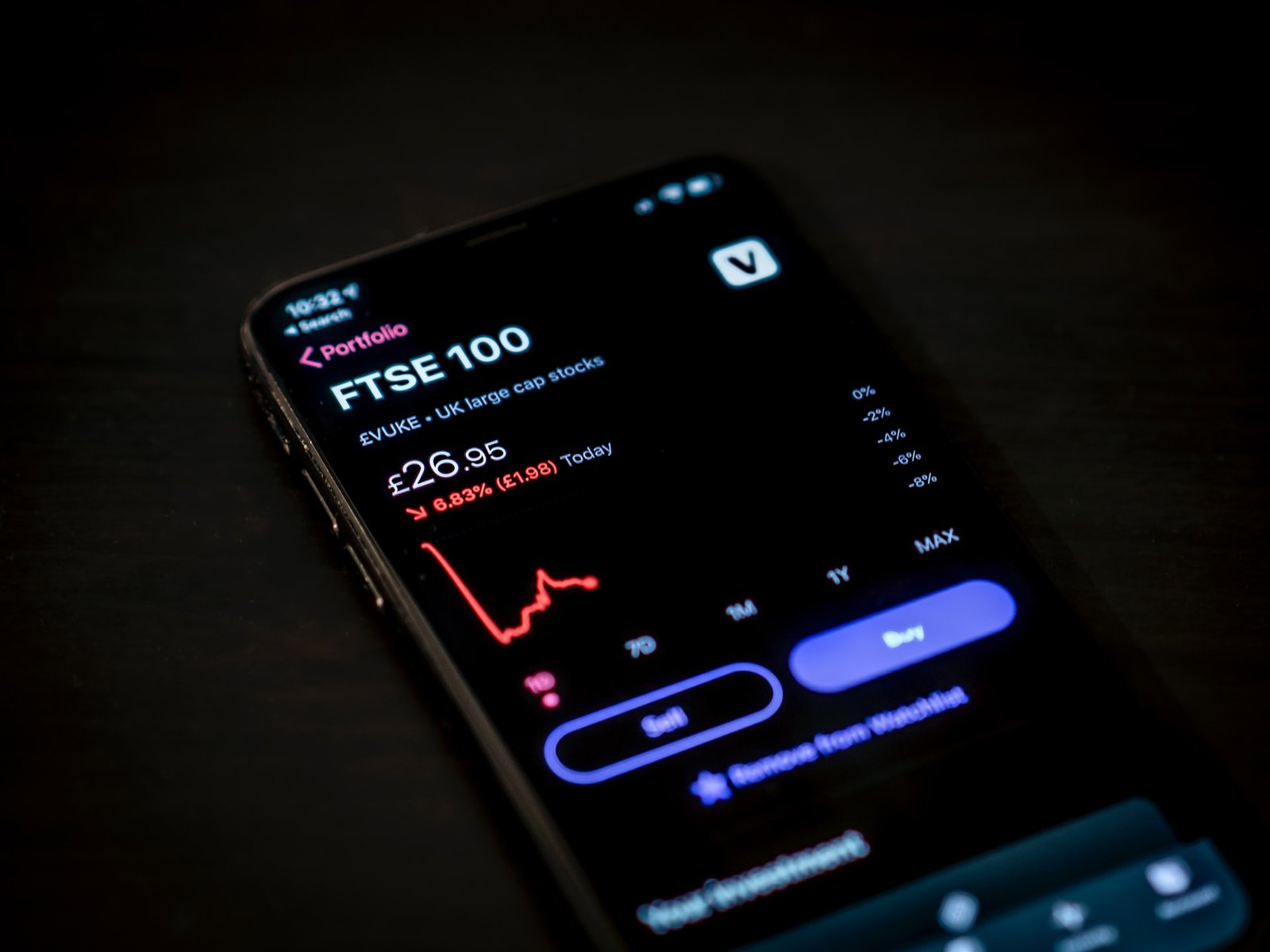MECQ period to recalibrate COVID-19 strategy – Palace
Presidential Spokesperson Secretary Harry Roque, Jr and other government officials, in a press briefing on August 3, affirmed that the two weeks of implementation of the modified enhanced community quarantine (MECQ) in the National Capital Region (NCR) and the provinces of Laguna, Cavite, Rizal, and Bulacan will give the government time to recalibrate its strategy against the coronavirus disease 2019 (COVID-19).
In the said press briefing, Secretary Roque underscored the importance of the return to MECQ in hotspot areas like the NCR and the other four provinces by asking Professors Ranjit Rye and Guido David of the University of the Philippines (UP) of their latest forecast in the number of COVID-19 cases in the Philippines by the end of the month.
Professor Rye disclosed that there will be as much as 220,000 cases by the end of August under the general community quarantine (GCQ), stressing that the biggest implication of a return to MECQ is that some 50,000 to 70,000 cases will be deducted from the projected number, bringing it down to 150,000 to 170,000 cases under MECQ.
Rye added that the transmission rate, currently at 1.5, is projected to go down to 1 after 15 days of MECQ implementation if everyone will cooperate with government and the private sector in lowering our transmission rate and trend, which will help reduce the number of COVID-19 cases in the country.
“Team Philippines narinig ninyo na po, kaya po natin na huwag magkaroon o bigyan katotohanan ang projection ng UP. Ang projection nila sa buwan ng Agosto 220,000. So gawin po natin ang lahat para huwag pong umabot ng 220,000 ang mga kaso ng COVID-19 matapos ang Agosto,” said Secretary Roque.
On the part of the Department of Health (DOH), Undersecretary Maria Rosario Vergeire outlined the steps that the DOH will implement while in the timeout period asked for by the frontliners or during the MECQ. First among these is the creation of substitution teams to allow healthcare workers in the NCR to rest, including augmentation of healthcare workers from DOH regional offices and from other parts of the country.
Usec. Vergeire also said that the two-week period will be used to strictly enforce localized lockdowns through local government units (LGUs) wherein they will be doing active case finding to catch those who have symptoms, those who need to be isolated, and those who should be tested. The DOH official also revealed that they will be meeting with members of an alliance of healthcare professionals who will help the DOH prepare a recalibrated strategy in the fight against COVID-19.
Lastly, Usec. Vergeire called upon every Filipino to be the solution by embracing a behavioral change to protect themselves against the virus while we await for a vaccine. This includes observing the minimum health requirements for a healthy lifestyle and for LGUs, particularly in the barangay level, to reinforce government and private sector efforts.
For the National Task Force Against COVID-19 (NTF), Chief Implementer Secretary Carlito Galvez, Jr reiterated the need to restrict movement during the MECQ period to address and contain the increasing number of new cases. Sec. Galvez added that the NTF is taking the increase in cases as proof that intensified testing and tracing is working as new infections are being caught and monitored early on.
NTF Deputy Chief Implementer Secretary Vivencio Dizon added that they will be conducting more aggressive testing, contact tracing, and isolation especially in locked down barangays during the MECQ period. Sec. Dizon reported that as much as 35,000 tests are being done daily as of now, but more aggressive testing will be done in the coming weeks to catch the positive individuals early on to minimize further the number of persons getting severely infected by the virus.
Meanwhile, to address the issue on overwhelmed hospitals and hospital capacity to address COVID-19 cases, NTF Chief Treatment Czar Health Undersecretary Leopoldo Vega reiterated the DOH’s call for public health facilities to increase their hospital beds by 40-50 percent so that they will be ready for a spike in cases.
Usec. Vega also underscored the fact that the best way to manage and decongest hospitals is for mild and asymptomatic patients to be admitted or isolated in temporary treatment and management facilities. A third strategy that is being done is the conversion of public hospitals to provide more isolation rooms and intensive care units. The DOH and the Department of Public Works and Highways are also fast-tracking the completion and expansion of several hospital buildings in the NCR to provide more facilities for the management of COVID-19 patients.
On public health safety, Secretary Roque once again encouraged the public to stay at home, wash hands, wear mask, and observe social distancing. He also encouraged cooperation with LGUs especially on contact tracing. “Tumawag po sa local government kung kayo ay asymptomatic o mild. Magpahatid po kayo sa ating isolation centers. At sa ating mga tracers importante po ang gawain ninyo sabi po ni Mayor [Benjamin] Magalong kinakailangan kada kaso na positibong kaso ng COVID-19, kailangan mag-trace kayo mula 30 hanggang 37 close contacts ng mga taong nakahalubilo ng mga taong nagtest na positibo. At lahat po itong 30-37 dapat po ipa-test natin for COVID-19,” Roque stressed.
Under MECQ, movement of people will be limited to accessing essential goods and services and for work in permitted offices and establishments. However, the Palace official assured the public of the continued availability of essential services and goods. “Itong pagsara po nating muli, ito’y katugunan po natin dun sa kahilingan ng ating mga frontliners na kinakailangan lang nila ng break. Ibig sabihin po wala talaga tayong planong mag lockdown. Ang ating supply po’y napakataas, ang ating supply po ay nadeliver na po sa mga supermarkets anticipating na mas mataas po talaga ang demand, so mas marami po talagang stocks ang ating mga supermarkets,” Sec. Roque assured. (OPS-PCOO)
[covid-widget type=”country-chart” country=”Philippines” charttype=”bar” ]



